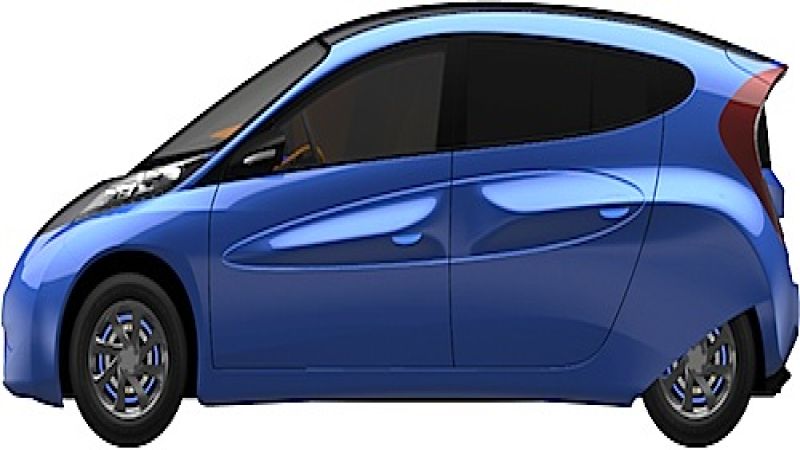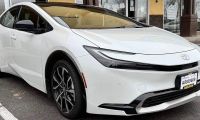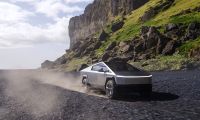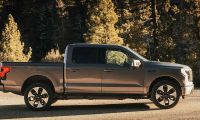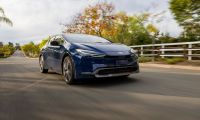If automobile stagnated these past few decades, it has become exciting again and certainly has incited many a debate. Case in point, the electric Honda Fit is around the corner and promises 125 mile range on a depleted battery pack. That’s half more as the current crop of current EVs. As more and more concept make their way to car shows and prototypes are being tested, the next generation of electric cars, EV are promising more and more efficiency.
Records pour in as last November the modified Citroen Berlingo broke a world EV record by covering 621 miles over 17 hours. The coast to coast in the US has already been broken and still being tackled by more ingenuity for faster runs. Southern California Edison tested a few years back Johnson-Saft lithium-ion battery packs in its lab showing they could endure 200,000 miles “without any noticeable degradation”. I don’t know too many cars that can run 200,000 miles without noticeable degradation.
SIM-WIL Concept. The SIM-WIL might look like your everyday funky electric car, EV that rolls off the concept press at every other shows, but what the SIM-WIL has to offer could make EVs an even more practical car for an even greater number of our daily commute.
The SIM-WIL shows all the signs of the much anticipated version 2.0 of current EVs with better and better performance. Its range is around 190 miles, to start with more than enough for almost any trips. The SIM-Drive, the Japanese consortium behind the SIM-LEI, has announced it can actually achieve a 218 mile range. Now we are getting close to the poster child Tesla Roadster, albeit without the same performance.
The SIM-LEI consortium has a simple aim, to make production cars and to "provide the highest level of electric vehicle technology and information possible.” A lofty goal it is somehow achieving and all to be delivered by 2014. Oh, and as far as what’s in a name, SIM-LEI’s WIL represents obviously the word will, at least according to the consortium.
Technically Speaking. The SIM-WIL has been seriously engineered since its inception and has shed a few extra pounds, now down to 3483 lbs. Its steel monocoque structure and a steel space frame allow its cabin space comparable to that of large car in the E segment although it’s classified as a small car B segment.
Its top speed has increased to 112 mph and the 0 to 60 has slowed is up to 5.4 seconds, compared to the original 4.8. The real work happened under the hood as per usual and the lithium-ion battery pack, which increased from 24.9 kWh to 35.1 kWh. This increased amount explains the better range. Charge time has also diminished and is now down to 3 hours. The SIM-WIL looks to be surprisingly big inside for an EV that size. This EV seats 5 comfortably, sports a four wheel drive configuration, 4WD with a healthy turn radius of 17.7 ft. The consortium claims its “driving energy consumption” is of 160.45 watt hour per miles, not too shabby.
The SIM-WIL reminds me in many ways of how much a single battery chemistry, in this instance lithium-ion can be pushed to achieve even more efficiency than was possibly imagined. Shoving a 35 kW/h pack in such a little car obviously means greatly enhanced performance. If the Mitsubishi’s i already achieves great performance with a relatively small batter pack, 16 kWh then these two EVs show us we can still squeeze much more life out this current technology before rolling out tomorrow’s. And as to the future, see my IBM 500Mile project. In the meantime, the SIM-WIL shows an undeterred will to further the promise, already well delivered of the electric car, even with lithium-ion chemistry.


